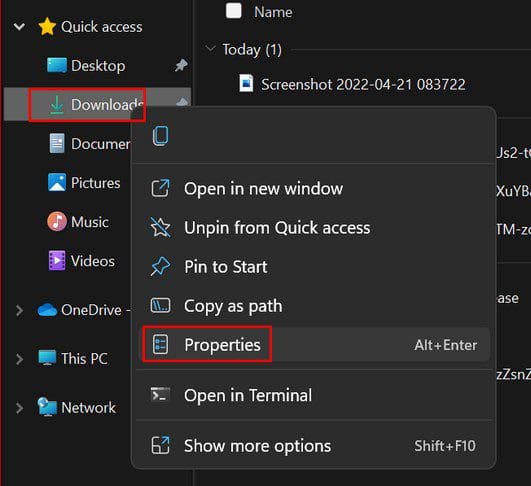JAMI’AH AL-SAYFIYAH, AL-. This Arabic academy in Surat, India, is the principal institution for the religious education and training of the Da’udi Bohra Ismai’ilis. The academy was established in 1814 by the forty-third da’i mutlaq, (head of the Da’udi Bohras), Sayyidna `Abd `Ali Sayf al-Din (1798-181’7). The institution was then known as al-Dars al-Sayfi (“Sayfi learning assembly”) in which the delis and their learned disciples conducted sessions in the mosque or courtyard (iwan) of the academy, disseminating authoritative knowledge on Fatimid Isma`ili thought. Even then, the academy had promoted a system of education that remains its hallmark to this day. That is to view all knowledge, religious or otherwise, as essentially part of a broader Islamic knowledge and to require contemporary subjects to be taught harmoniously with Islamic lore. Sectarians regard this to be a Fatimid practice and thus part of their heritage. During the leadership of the fifty-first da’i Tahir Sayf al-Din (1915-1965), the academy was given its present name, and changes were introduced to make the traditional religious knowledge accessible to contemporary believers. Without changing the content, core subjects were taught using modern educational methods. Contemporary subjects were reinstituted and taught in English, whereas Arabic remained the foundation of traditional learning. Arabic and an arabicized form of the Indian language Gujarati serve as the media for religious discourse within the academy. A building program was also initiated which simultaneously improved facilities and introduced Fatimid architecture into the campus. The present da’i, Sayyidna Muhammad Burhanuddin, has continued his predecessor’s work and completed the modernization and building program. Modern facilities such as a language laboratory for the teaching of Qur’dnic sciences have been provided, and the architecture now reflects the Fatimid origins of the academy. A new branch of the academy was also built by him in Karachi, Pakistan, in 1983. These improvements were implemented by the academy’s eminent rector, Yusuf Najm al-Din (d. 1987), to whom the academy’s current academic and administrative policies may be attributed. Al-Jami’ah al-Sayfiyah houses some of the rarest Islamic and Isma`ili manuscripts of the Fatimid and Yemenite periods. These priceless manuscripts are zealously preserved by the academy; recently attempts have been made to publish edited versions of some of them. One of the distinctive features of the academy is its system of examination, which tests the qualifications of advanced students in a public gathering of academics, community leaders, and general members presided over by the da`i. The system helps to confirm the credentials of future religious guides in the presence of the community and its leader and also helps to assess the method of instruction. The academy is essentially a residential campus, with boarding and lodging provided free to both male and female students by the da’i. It was one of the world’s first theological institutes to enroll female students. Islamic mores requiring separation of men and women in living quarters and in classes are observed strictly. The academic program at the Jami’ah lasts eleven years and is divided into three stages. The first four years, which the students begin at the age of twelve, are spent in foundational studies designed to equalize the preparation of students from differing educational backgrounds. The subjects taught include Arabic poetry and prose, jurisprudence, Islamic history, Islamic religious practice, English, humanities, social sciences, and natural sciences. Arabic is taught by usage rather than by formal instruction. The student is required to memorize a great deal of Arabic poetry, a practice that has made the Bohra community poetry rich. The student is also evaluated for religious practice and piety. A diploma, mubtaghi al-`ilm (“seeker of knowledge”), is awarded on successful completion of this stage. Over the next five years the same subjects are developed further, but in addition, psychology, philosophy, and subjects peculiar to Fatimid Isma’ili Tayyibi Shiism are taught. At the end of this stage the degree of al fagih al-mutqan (“perfect jurist”) is awarded. The last two years are reserved for graduate work, in which the student specializes in specific subjects such as Arabic literature, Islamic jurisprudence, and Islamic history. The graduate of this stage is awarded the degree of al fagih al jayyid (“accomplished jurist”). This degree is recognized as equivalent to a Master of Arts by Karachi University. While in training, students are given the opportunity to obtain practical experience by being sent to different towns to lead local communities during Ramadan and Muharram. About forty students complete the full eleven-year course each year, out of an annual intake of about a hundred in both branches of the academy. Most graduates are appointed as religious guides to serve the community wherever they are dispatched by the da’i. although some choose independent careers. [See also Bohras; Isma’iliyah.] BIBLIOGRAPHY Background information on the Saifee Foundation and a statement of its future development is contained in Foundation i (June 196o): 576o, and 5 (March 1965): 56-68, 76-8o. Detailed information on the academy’s teaching philosophy, curriculum, and course contents is contained in its publication, Malamihuhd wa-mandhijuha (Bombay, 1979) General information on the academy’s beginnings and its pedagogy may be found in A Novel Experiment in Islamic and Arabic Studies (Bombay, 1991), as well as the academy’s Prospectus (Surat, 1984), Y. Najmuddin’s Inauguration of New Jamea Masjid and Academy Building (Surat, 1961), and A. R. Kazi’s The Architecture of al -jamea-tus -Saifiyah Karachi (Karachi, 1983). For comparisons with other Islamic colleges, the reader may consult F. R. C. Bagley, “The Azhar and Shi`ism,” Muslim World So (April 196o): 122-129, and Fadil Jamali, “The Theological Colleges of Najaf,” Muslim World So (January 196o): 15-22. MUSTAFA ABDULHUSSEIN
Related Posts

How to Modify the Download Path on Windows 11
- Batoota
- May 14, 2022
- 0
How to Modify the Download Path on Windows 11 Don’t you hate it when you download a file, and when you try to look for […]